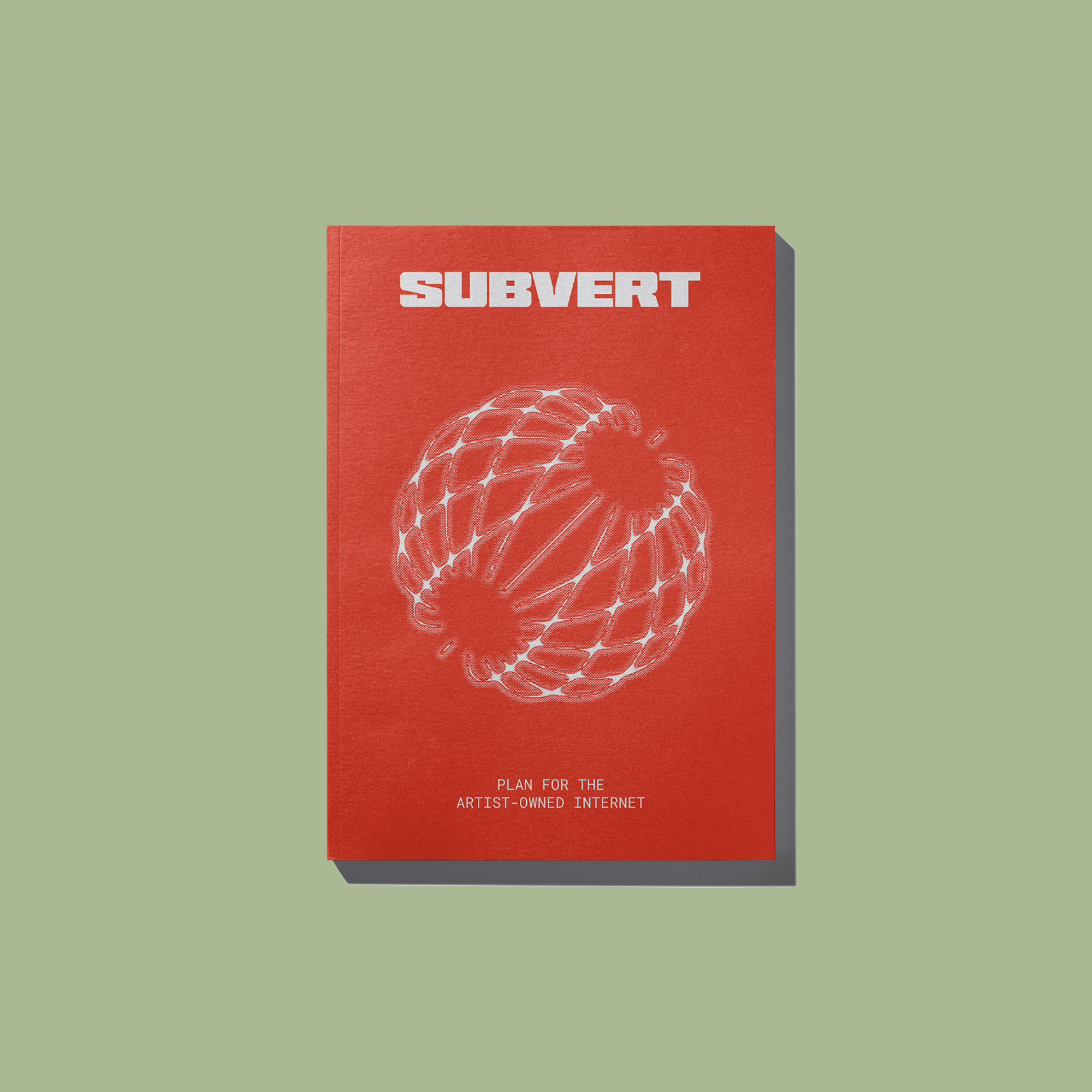- Studio Dirt
- Posts
- Shibuya Meltdown
Shibuya Meltdown
Passing out in public.

Amanda Chen on the self-fulfilling documentation of Shibuya’s nightlife.
In 2014, a then–anonymous Instagram account began posting photos of Japanese citizens collapsed in public spaces, “melting down.” Most of the images purported to originate somewhere in Shibuya, Tokyo’s central commercial district lined with neon billboards, home to one of the busiest transit hubs in the world. Their primary subjects are bodies, often in pairs, depleted from exhaustion and/or its related intoxication.
They are slumped over in subway stations and seats, lying facedown or in a fetal position on the sidewalk, pissing with pants down to their knees or getting pissed on. A decade of somewhat consistent posting by the account’s admin, Tokyo-based photographer Thom O’Brien, has yielded hundreds of thousands of followers and a certain notoriety: in it, some find humor; some find beauty; some find issue with circulating voyeuristic photos of people at their lowest to sell merch (available via link in bio Shopify). The account has inspired at least one accessories brand campaign.
A common motif on the account: plastic water bottles left out by passersby for these slumped over individuals like stray cats (many are exhausted salarymen but some are just having fun, tired, or drinking for other reasons). As such, there emerges a sort of reification bias; present-day visitors may be more willing to let down their guard, get belligerently drunk, backed by a vague trust that they’ll be safe if they can’t make it home after a night out, and at worst, immortalized somewhere in the recesses of the internet.
Making visible the inherently unproductive, mostly private, and fundamentally human act of sleeping.
Discussions of Shibuya Meltdown frequently use it to critique labor conditions in contemporary Japan. (The term karoshi, meaning “death from overwork,” now lends its name to an observable and concerning global health phenomenon. And in an effort to combat declining fertility rates, Tokyo will officially transition to a four-day work week for its municipal employees starting in April, though similar initiatives have failed to gain much traction among corporate employers.)
Recent posts on the account have become increasingly self-referential: a puppy using a water bottle as pillow; a skeleton crushed by a massive UBEREATS insulated delivery bag on its back; these also tend to get more engagement. Were they actually taken in Shibuya? Maybe not, but that’s beside the point.
Shibuya Meltdown has now become a signifier for any obvious deviation from normative public behavior in an ultra dense urban environment, a glitch that can take the form of a strange getup, an unexpected combination of people, or making visible the inherently unproductive, mostly private, and fundamentally human act of sleeping.
There has been a longstanding, mutual cultural fascination between the United States and Japan. The two nations, as imperial powers with apex consumer cultures, are in many ways mirrors of one another, foreign enough to transport one to another world, but familiar enough as to not be totally destabilizing (a positioning perhaps best exemplified by Sofia Coppola’s Lost in Translation, a film that I nonetheless still love). Tokyo consequently rises up from the Eastern horizon less of a real place with its own set of issues, more so as utopic mirage. Streets safe enough to sleep on!
Unsurprisingly, some Westerners, in particular a subset of city-dwelling Americans with libertarian leanings who view themselves as the true victims of a failed state, froth at the mouth at the sight of these images of Japan: a megacity where seemingly intractable issues of homelessness, waste, and crime are properly “dealt with,” meaning if not solved, then at least obscured. The difference becomes especially glaring in wake of the immolation of Debrina Kawan, who was sleeping on the NYC subway, while police officers failed to intervene. Surveillance footage revealing her last moments rapidly circulated online. Nativists rejoiced when the perpetrator turned out to be an undocumented immigrant.
Perhaps what the success of this account ultimately reveals is that its followers yearn for the return of a truly public ethos…
The alleged superiority of Japanese society, evidenced by their pristine city streets, is frequently attributed to a cultural emphasis on unity and harmony, which Japanese people are instilled with from a young age. Such vaguely orientalist moralizing usually fails to mention that whatever shared values system does exist is also materially buttressed by heavy penalties for littering, considered public infrastructure design, and an extensive CCTV system. On Shibuya Meltdown, the subversive subjects and the Good Samaritan public are both equally curated.
Perhaps what the success of this account ultimately reveals is that its followers yearn for the return of a truly public ethos, of real public space, embodied or digital, and of mutual care and goodwill even toward those who have no way of ever knowing or returning the favor. 🗼

RECENT DIRT
|
|
|
|
|




